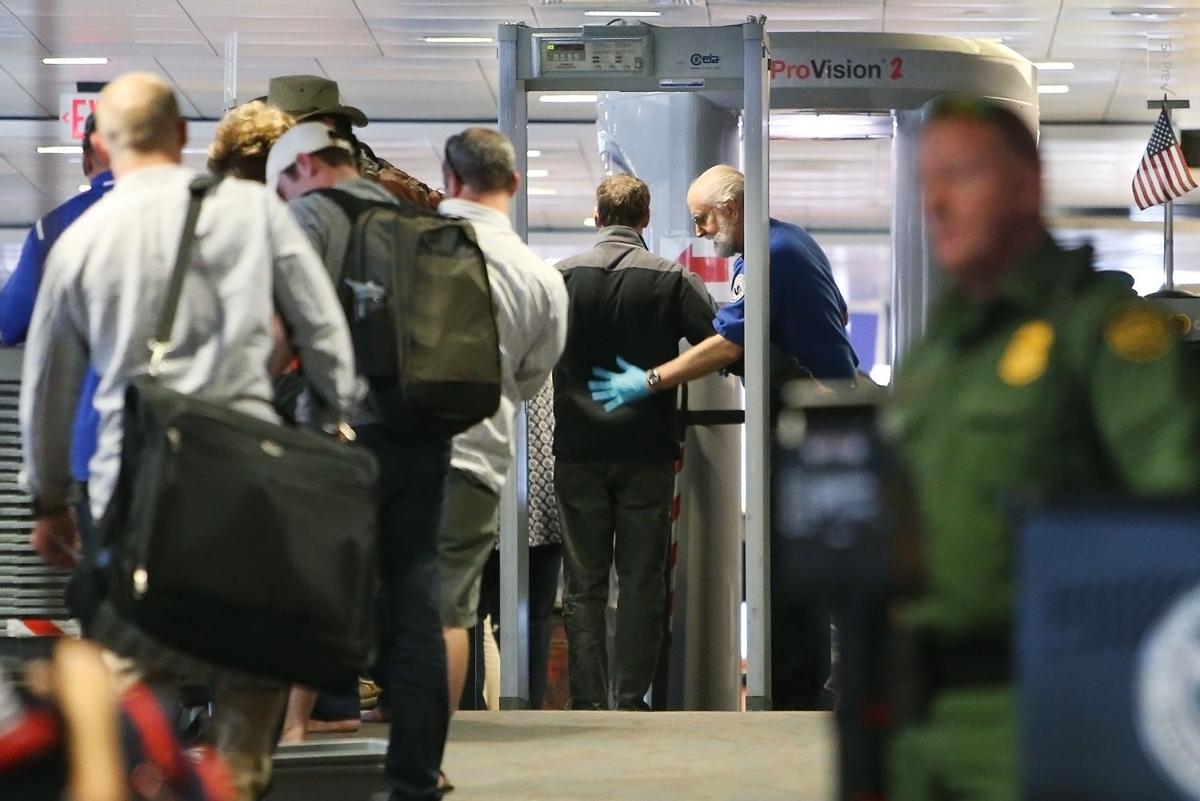If you’re flying out of Tucson International Airport for the first time in a while this holiday season, you may encounter something new: full-body security scanners.
The Transportation Security Administration recently began using the body scanners at TIA’s security checkpoints, airport and TSA officials say.
The TSA installed the two millimeter-wave, full-body scanners at TIA in September, expecting to have employees trained and the systems fully operational by November or December.
The scanners should help security lines move faster, Tucson International Airport spokesman David Hatfield said.
But passengers also should note that PreCheck, a TSA pre-screeeing program that allows passengers to avoid body scanning in most cases, is not always available, Hatfield said.
TSA spokesman Nico Melendez said the availability of PreCheck service is based on expected passenger traffic.
To avoid problems, travelers should arrive earlier than usual during peak holiday travel periods like Thanksgiving week.
“Give yourself some extra time,” Hatfield said, adding that the airport can’t guarantee when specific TSA services are available.
Most airlines recommend arriving at the airport 90 minutes before flight time during normal traffic periods, or two hours during the holidays, to account for longer check-in and security lines and unforeseen delays. The TSA recommends arriving two hours ahead, Melendez said.
Up to now, air passengers departing from Tucson have been spared from full-body scanning because older models of the scanners wouldn’t fit in the airport’s narrow security corridors.
The newer millimeter-wave scanners have replaced the older, backscatter X-ray machines, which were removed by the TSA amid criticisms of the nudelike images they create and health concerns over radiation exposure.
The new scanners also are narrower than the old machines — 60 inches versus 76 inches wide — allowing the TSA to fit one into each of the Tucson airport’s two security checkpoints.
The X-ray versions were first installed in a few airports in 2008 and later expanded nationwide before they were all removed by mid-2013. By last fall about 750 millimeter-wave scanners were in use at about 160 U.S. airports, according to the most recent TSA data.





